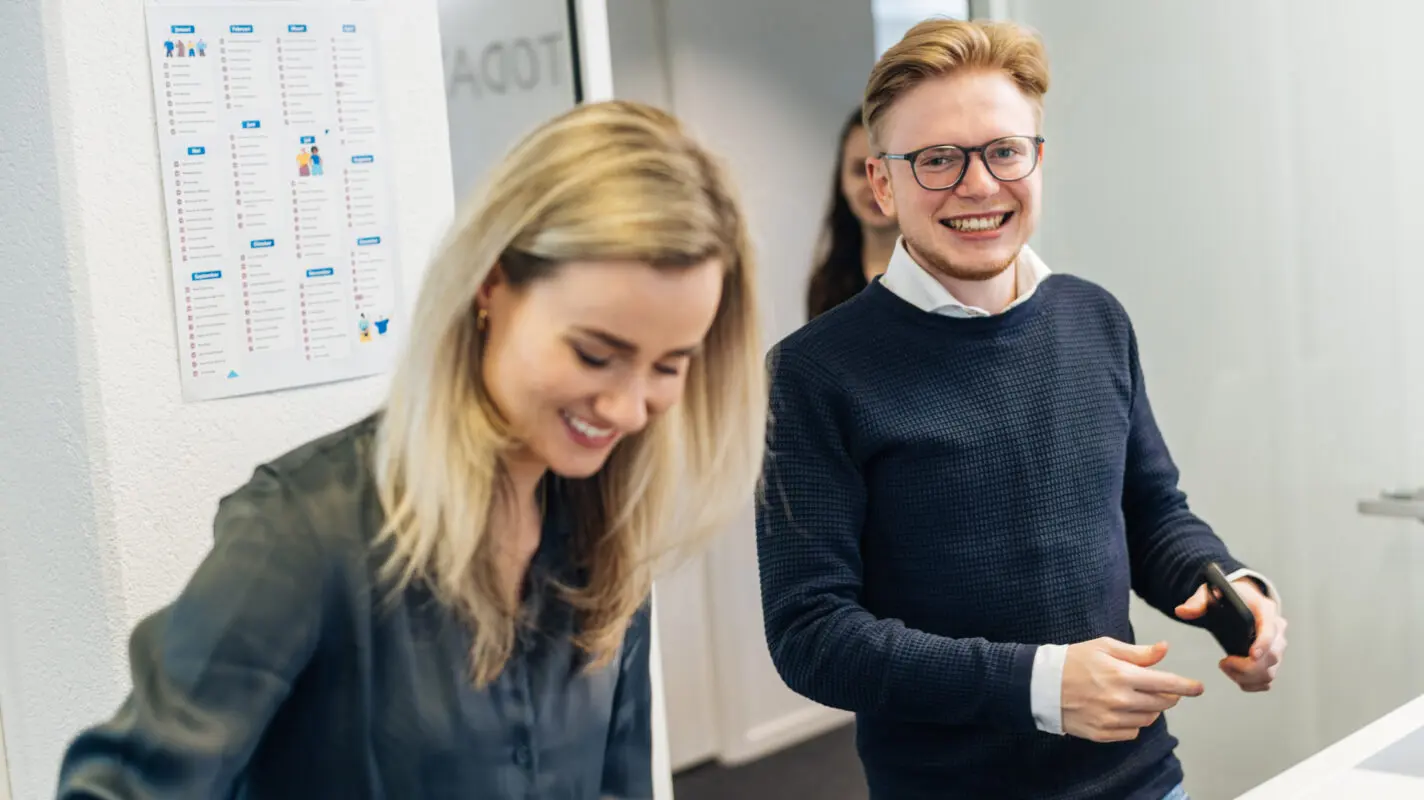Here's how to change your negative thinking habits for a more positive mindset


Thinking habits, or the way we are used to thinking, have a huge impact on our daily lives. Our thinking habits determine how we approach problems and how we deal with challenges. When you have negative thinking habits, it negatively affects your life. But, you can break this cycle! By becoming aware of your thinking habits, you can change them and develop them into positive thinking habits.
What are thinking habits?
Thinking habits are the automatic ways we process information and react to situations. These habits are often shaped by our upbringing, experiences and the culture we live in. They have become a routine. They can be positive or negative and have a direct impact on how we feel and behave. Negative thinking habits, such as brooding or self-criticism, can lead to anxiety and stress, while positive thinking habits are better for our well-being and can help us cope better with challenges.
Example: You have an important presentation at work tomorrow. You spend the night before thinking repeatedly about all the things that could go wrong, such as forgetting your lines or technical problems. These thoughts make you tense up and sleep badly. The result: All that worrying exhausts you mentally, makes you less able to function and makes you even more anxious.
Become aware of your negative thinking habits
"Easier said than done," I hear you thinking. And yes, it does take some practice to learn to recognize your thinking habits. But, with the right motivation, anyone can do it. The first step is to become aware of your patterns. That's how you figure out what the triggers are that cause the stress, frustration or anxiety. Dr. Judson Brewer, author of Unwinding Anxiey, explains this well through the habit loop you see below.
You'll find that the result of your bad habit loop often actually leads to more anxiety, frustration or stress. So it's up to you to become aware of times when you start fretting, and then investigate what triggers it. Make it easy on yourself by keeping track of your habit loops in a notebook or in your phone's notes. For each negative thought or behavior, write down these three steps over and over again to find out what the triggers are, what your behavior on the trigger is, and what is the result you are left with from your behavior.
For the presentation example, write down:
- Trigger: The thought of tomorrow's presentation.
- Behavior: Worrying about everything that could go wrong.
- Result: Mental exhaustion and increased anxiety.
How do you break the habit loop?
Once you have become aware of your triggers and the results they produce, you can ask yourself another question: What is the reward I get out of my behavior? Was this worth it? The answer will most likely always be "no. Your brain probably thought that all that worrying about the mistakes you might make during your presentation would help you avoid the mistakes. But, when you consciously look at your behavior through the habit loop, you see that in the end it has only created more anxiety and thus is not rewarding at all. When your brain repeatedly finds out that there is no value attached to your behavior, it will start to adjust your thinking habit. This is because your brain will always go for the behavior that is rewarding.
Switch to positive thinking habits
So what behavior is rewarding? The answer is simple: curiosity. When you are curious about your own thoughts and behavior, it feels rewarding to your brain. Why? Your brain starts learning. When you get out of your old, negative thinking habits (fixed mindset) and see that you can learn from yourself, you will grow into curious, learning thinking habits (growth mindset).
Task: When you suddenly feel a knot in your stomach (or heat, pressure or restlessness in your body), don't flee to your bath habit run, but rather be curious about it. Start by saying a curious "hmm" out loud. This immediately gets you thinking. Where exactly do you feel the knot? On the left or right side in your stomach? Try looking up at the sensation. When you look at it curiously, do certain sensations change in your body? Follow the sensations for 30 seconds, without trying to do anything about it.
In this way, you start to look objectively at what a feeling does to your body, so that instead of criticizing, you look at yourself without judgment. This is how you learn from your own curiosity, and thus you also form a growth mindset!
Do you want to dive deeper into your negative thinking habits?
In the book "Unwinding Anxiety," Dr. Judson Brewer helps you break your negative thinking habits. He summarizes more than 20 years of research into simple and practical steps so you can start living carefree and creating a growth mindset.
Did you know that on SkillsTown's online learning platform you can also work on your growth mindset? Here you can find different trainings to get rid of your fixed mindset. Would you like to offer these trainings to your employees so they can get the tools they need? Then start offering a personalized online learning platform.
Training offerings for individuals
Training offer organizations
